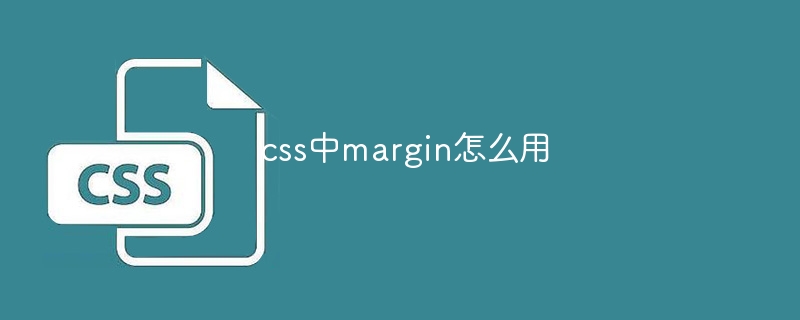
The margin attribute in CSS is used to control the blank area around the element, including the four directions of up, down, left and right. The syntax is margin:
[ [ [ ]].

The margin property is used to control the blank area around the element. It can set the margin of the element relative to its parent element. external space.
<code>margin: <length | auto> [<length | auto> [<length | auto> [<length | auto>]]]</code>
The margin attribute can specify four separate values to control the white space in different directions around the element:
To set only one margin value, you can provide a parameter. For example:
<code>margin: 20px;</code>
This will add 20px of white space around the element.
To set multiple margin values, you can provide multiple parameters. For example:
<code>margin: 10px 20px 30px 40px;</code>
This would specify for the element:
The auto keyword instructs the browser to automatically calculate the margin value. This is useful in certain situations, for example:
<code>margin: auto;</code>
This will center the element horizontally within the parent element.
The above is the detailed content of How to use margin in css. For more information, please follow other related articles on the PHP Chinese website!